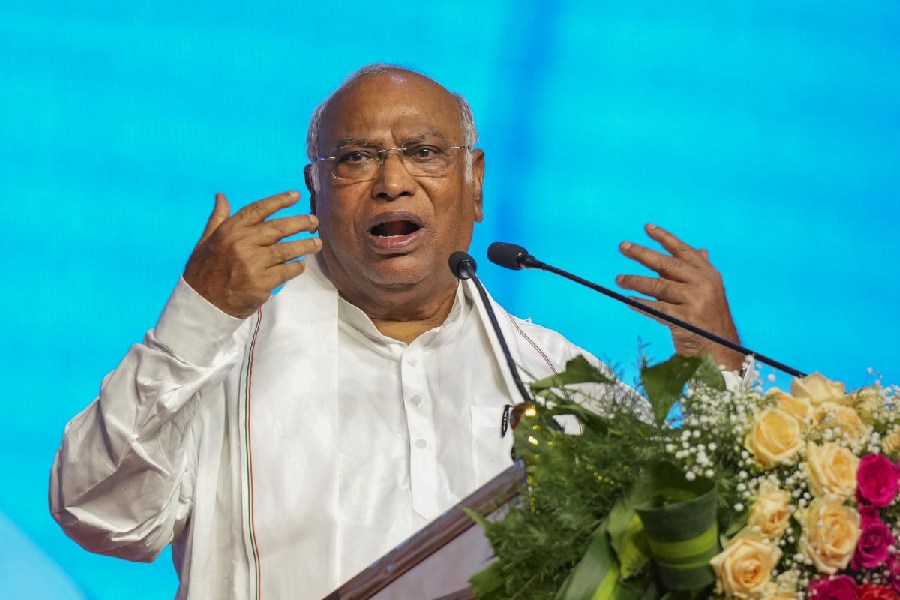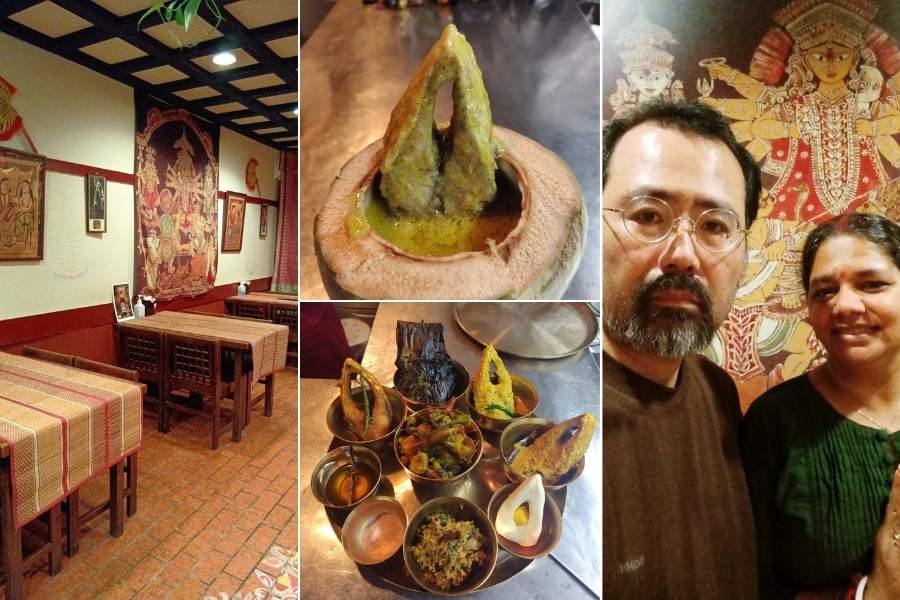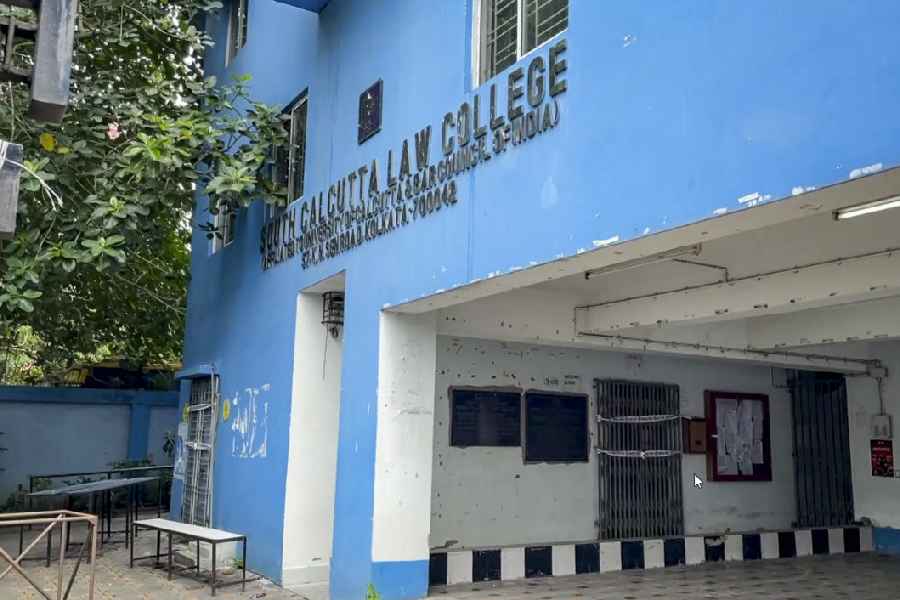 |
Aug. 1: Bimla Bahuguna sat still, her eyes fixed on a vast expanse of water as the boat she was riding floated out of Tehri old city yesterday.
Sunderlal Bahuguna’s wife was the last to leave the 189-year-old city, which is a ghost town now. Its empty houses, lone cinema and imposing multi-tiered watchtower stand forlorn in the swirl of the Tehri dam’s waters.
The former bustling town of about 200,000 people in the Garhwal district of Uttaranchal went under three days ago. That was the last time people were seen around here as they scrambled to remove the corrugated tin roofs of their houses.
The residents, including environmentalist Sunderlal Bahuguna and his associates who have been agitating to protect the area’s ecology and culture, have all moved out.
Bimla has taken shelter in a colony outside the dam area. Two of her husband’s companions, Gopal Singh Rana and Kripa Ram, were resettled earlier.
They had refused to leave till all residents of the old city were resettled. Their demand was granted with the resettling of the last 40 families by the district administration.
This has cleared the way for the commissioning of the Tehri Hydro Power Project, which has the capacity to produce 2,400 megawatt.
The dam’s reservoir area comprising Tehri town and 28 adjacent villages — which officials had warned lay in the submergence zone — had been kept from complete immersion till recently.
But heavy rainfall over the last fortnight had swelled the local rivers, including the Bhagirathi, the Ganga and its tributaries, submerging the zone completely for the first time.
Now that the deed has happened naturally, the Tehri Hydro Development Corporation is all set to block the dam’s diversion tunnels to let water accumulate in its reservoir spread over 42 sq km.
According to the corporation officers, the three-decade-old stand-off between anti-dam activists and the Centre appears to have been sorted out as there are no more obstacles to depopulating the city. Work on the dam first started in 1975-76.
Sprawled on the southern slopes of the outer Himalayas, Tehri city — about 120 km from Dehra Dun in the north of Uttaranchal — was founded by King Sudershan Shah as his kingdom’s capital in 1815.
The name Tehri or trio originates from the three sins born out of thought (mansa), words (vachana) and deed (karma). People still consider places here like Munni ki Reti and Tapovan as the site of penance for the three kinds of sins.
The Shahs ruled Garhwal till 1949, when the kingdom was merged with independent India following a popular agitation.
“With the floodwater engulfing it, the memories of a vibrant city will fast fade out,” said schoolteacher Nachiketa Tamta, also a dam activist and a long-time Tehri resident. “The city that was long inaccessible had preserved the culture of the locals and remained eco-friendly. The fear of its devastation looms large now,” he added.
The last 40 families that were moved out had long refused to shift following disputes over the rehabilitation package, said Punit Kansal, the district magistrate and rehabilitation officer.
“Although the rehabilitation process was completed, some people always trooped into the old city and started living there to list their name as an affected family,” he claimed.
But no longer, Kansal added, as there are no more disagreements between the district administration and the environment activists.










